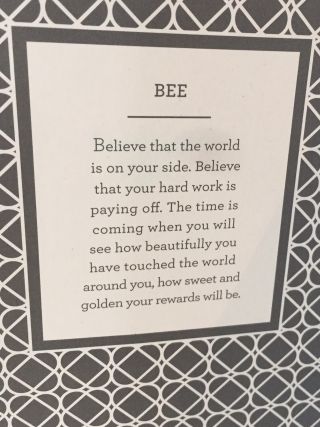Creativity
Hatch Your Creativity
What you can learn from my Hatch Experience and the science of psychology
Posted September 24, 2015

What happens when 100 people from all walks of life come together to Hatch a better world? A week ago today, I set out on that adventure, thanks to an invitation to attend the Hatch Experience. Hatch is a community, movement, and a series of experiences designed to “active creativity and hatch a better world.” In its 12th year, Hatch involves a four day annual “retreat meets summit gifted to 100 of the most provocative innovators, inventors, and cultural catalysts, across a wide range of disciplines.” Founder, Yarrow Kraner, is a creative alchemist on a mission to "activate creativty to hatch a better world" through curating an experience that brings together all of the elements that support creativity & then some. It’s easy to imagine Yarrow extending his generous invitation to anyone—because he firmly believes we each have a superhero inside waiting for permission to come out.

Although there's nothing quite like attending Hatch in person, here are four factors that were part of the experience -- they align with the creativity research of psychologist, Robert Epstein.1 If you're ready to experience a mini-Hatch, place yourself in the most beautiful, stress-free, environment you can find, and read on:
1) Capture new ideas – According to Epstein, we should keep an “idea notebook,” (voice recorder, smartphone or laptop) with us so we can write our ideas down.
Hatch provided each attendee with a bright orange notebook – one of the colors most often associated with creativity and enthusiasm.2 You might consider including some inspiring words.
2) Seek out challenging tasks – Take your imagination on a excursion through projects that don't necessarily have a solution.
At Hatch, we set out to explore solutions to the educational crisis, curing cancer, and tackling climate change ... to name just a few!
3) Broaden your knowledge – Expand your imagination by exploring new subjects, and engaging in new experiences.
Hatch brought together attendees from a wide range of disciplines, many who shared their wisdom with the group. These included Oscar-winning filmmakers, CEO’s and Founders of diverse companies and non-profits, musicians, designers from IDEO, NASA, Google, Amazon, and a wide range of hackers, inventors, educators, disruptors, and mavericks. With an eye toward future, a number of high school students were also invited to attend.
4) Surround yourself with interesting things and people. Epstein suggest that we get together regularly with diverse and interesting friends, and that we bring out-of-the-ordinary objects to the workspace. Unusual objects help stimulate more original ideas.
The best part of Hatch was getting to know a diverse group of interesting people, but Hatch was also filled with unusual objects and experiences such as: Makey Makey, a musical experience designed by Eric Rosenbaum; Rigamajig, a play experience designed by Cassandra Holman; Every Hat Has A Story, a creative experience in radness created by Tony Milano, and Contact Improv/Expressive Movement led by Rhia Gowen.
If you set aside time to deeply engage in these four factors of creativity, chances are you'll find that a fifth factor develops -- a group synergy that strips away false fears and reveals what's real. When all's said and done, the heart of creativity looks a lot like love. Don’t underestimate the power of these five factors to ignite your creativity. And, as Yarrow would say, “Go hatch a better world!”
Sources:
1. Amy Novotney, http://www.apa.org/gradpsych/2009/01/creativity.aspx
2. Rachel Grumman Bender, http://www.huffingtonpost.com/2011/11/27/how-color-affects-our-moo_n_11…


